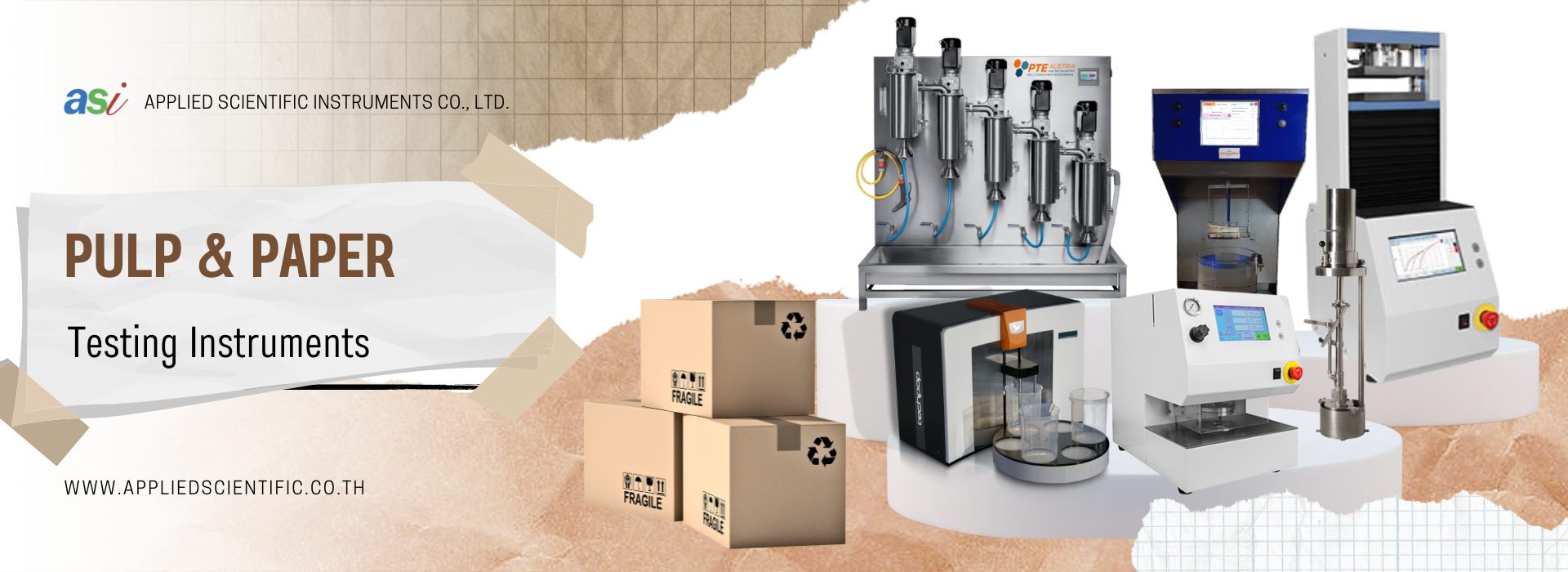
Francis Turbine
18 เมษายน 2566
ผู้ชม 320 ผู้ชม
DESCRIPTION
A tapering, spiral-shaped volute conveys water to the runner via a ring of guide vanes that are adjustable in angle to vary the flow through the turbine. Water enters the runner tangentially at the periphery, flows radially inward through the blades toward the hub then exits axially via a draft tube.
Power generated by the turbine is absorbed by a Prony friction brake consisting of a pair of spring balances attached to a brake belt that is wrapped around a pulley wheel driven by the runner. The load on the turbine is varied by tensioning both spring balances, which increases the friction on the pulley wheel. Brake force is determined from the difference in the readings on the two spring balances and the torque calculated from the product of this force and the pulley radius.
The head of water entering the turbine is indicated on a Bourdon gauge and the speed of rotation is measured using a non-contacting tachometer (not supplied).
EXPERIMENTAL CONTENT
- To determine the operating characteristics of a Francis Turbine
- Performance charts of power, speed, torque and efficiency
- Turbine output torque v rotor speed
- Turbine output power v rotor speed
- Turbine overall efficiency v rotor speed
- Demonstrating the function of the inlet guide vanes on a Francis Turbine to vary the flow through the turbine and consequently the power produced
TECHNICAL SPECIFICATIONS
Speed range: 0-4000 rpm
Diameter of Francis runner: 60mm
Number of blades on runner: 12
Number of guide vanes: 6, adjustable from fully open to fully closed
Range of spring balances: 0-50N x 0.5N
Range of Bourdon gauge: 0-2 bar







